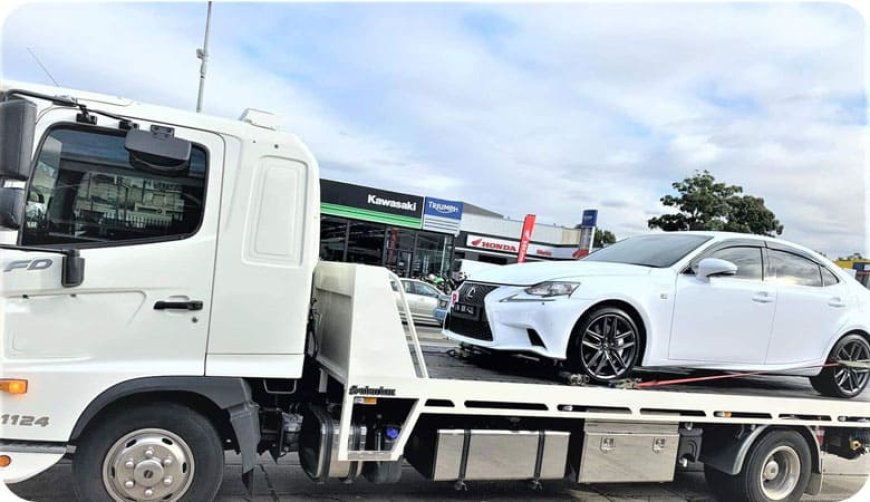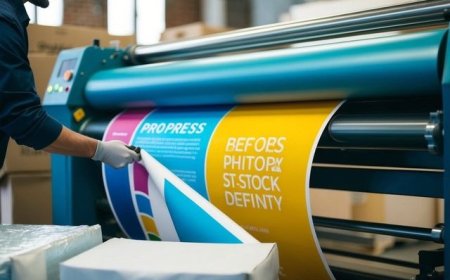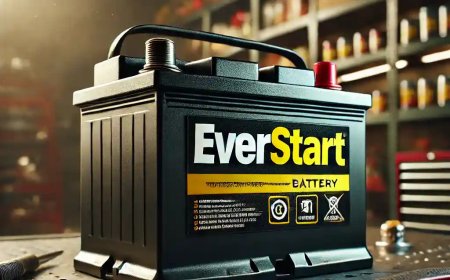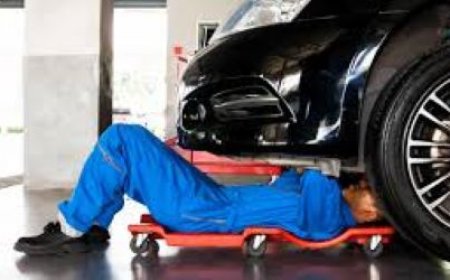Metal, Oil, and Rubber: The Hidden Environmental Story of Car Disposal
Explore the unseen environmental impact of car disposal. Learn how Free Car Removal Townsville plays a role in safe, eco-conscious practices.

The story of a car usually begins with a smooth engine, a fresh coat of paint, and years of travel ahead. But what happens when the engine stops for good and the road comes to an end? For many vehicles, disposal becomes the final chapter and it is one that carries more weight than most realise.
Old vehicles are not just heaps of metal. They are packed with materials that can either harm or help the planet, depending on how they are handled. From leaking fluids to rusting steel and worn-out tyres, the environmental impact of abandoned cars is far-reaching.
This blog sheds light on what really happens when cars are no longer roadworthy and how proper disposal shapes our air, water, and land.
Where the Problem Begins
Each year in Australia, thousands of vehicles are retired due to age, damage, or mechanical failure. While many go through regulated disposal, a significant number are left to decay in backyards, farms, and storage areas. Over time, these unused vehicles begin to break down in ways that often go unnoticed.https://northcoastwreckers.com.au/
Oil seeps into the soil. Battery acid corrodes nearby objects. Tyres gather rainwater and attract pests. This slow damage poses a risk to both the local environment and public health.
Fluids That Linger
One of the biggest concerns with retired cars is the range of fluids they carry. Even after a car stops running, it can hold:
-
Brake fluid
-
Engine oil
-
Transmission fluid
-
Coolant
-
Power steering fluid
-
Fuel
-
Air conditioning gas
These substances can leak into soil and waterways, especially when cars are left outdoors or damaged. Just one litre of engine oil can pollute up to one million litres of water if not handled correctly.
When a car is properly dismantled, these fluids are safely drained and stored. This protects natural ecosystems and keeps toxins out of the water supply.
Tyres and Their Hidden Impact
Tyres are made of rubber, steel, and fibre, all of which take many decades to break down. When dumped or burnt, they release chemicals into the air and soil.
Old tyres also pose a fire risk. Tyre fires are hard to control and produce thick smoke that carries toxic particles. This affects nearby communities and leads to long-term soil contamination.
When handled properly, tyres can be reused in construction, playgrounds, or broken down into crumb rubber. This way, they serve a new purpose instead of becoming waste.
What Happens to the Metal
Steel, aluminium, and copper make up a large part of a cars body and engine. If these materials are left to rust, they contribute to soil pollution and structural decay.
But when collected correctly, these metals are sorted, cleaned, and melted for reuse. Recycling metal uses far less energy than mining and refining raw ore. For example, recycling steel saves about 75 percent of the energy compared to producing new steel.
This process also reduces the demand for mining, which is a major cause of land destruction and water use.
Glass, Plastic, and Other Parts
Beyond metal and rubber, vehicles also contain plastic trims, dashboards, lights, and glass.
-
Plastics take hundreds of years to decompose and often release microplastics.
-
Windscreens and windows can be recycled into building material or containers.
-
Wires and electronic parts may hold metals like gold, silver, and lithium.
These materials are best handled at recycling facilities where they can be properly sorted and reused or disposed of safely.
How Safe Disposal Reduces Waste
Proper car recycling can reclaim more than 80 percent of a vehicles total weight. By separating parts and removing harmful substances, recycling reduces the pressure on landfills.
It also lowers emissions linked to producing new materials. For example, reusing car parts like engines, gearboxes, and panels prevents the need to manufacture new ones, which saves energy and raw materials.
Safe disposal is more than an option. It is a way to protect natural resources and lower the carbon footprint of vehicles even after they stop running.
The Role of Local Services
Many car owners do not know what to do with an old vehicle. Some leave it in the yard. Others spend time looking for a buyer or mechanic, only to find out the repairs are not worth it.
That is where car removal services can help. These services collect retired vehicles and transport them to proper recycling yards. A local company in Townsville plays a key role in this process.
Not only do they take care of unwanted vehicles, but they also work closely with licensed recyclers. Through their help, the process of collecting, draining, sorting, and recycling is carried out step by step.
This business, known for its Free Car Removal Townsville, helps reduce clutter while ensuring each part of the vehicle is processed in a way that avoids harm to the environment. Their work connects people with the right recycling pathways and gives each car a proper end-of-road treatment.
What You Can Do
If you have an unused or broken car, you can take action that supports cleaner land and water. Here are a few tips:
-
Remove your personal items from the car
-
Take off the number plates and cancel the registration
-
Contact a car removal service in your area
-
Ask how the parts and fluids will be handled
-
Make sure the car is being taken to a licensed recycling yard
By doing this, you help reduce waste, protect natural spaces, and give your vehicle one last useful task.
The Hidden Story Matters
Every car has an end. But that end does not need to be messy or harmful. From the metal in the frame to the oil in the engine and the rubber on the tyres, every part tells a story. How that story ends depends on the choices made after the final drive.
When vehicles are left to decay, the damage builds slowly but surely. But with the right handling, each part can be reused, recycled, or removed in a way that protects the planet.








































